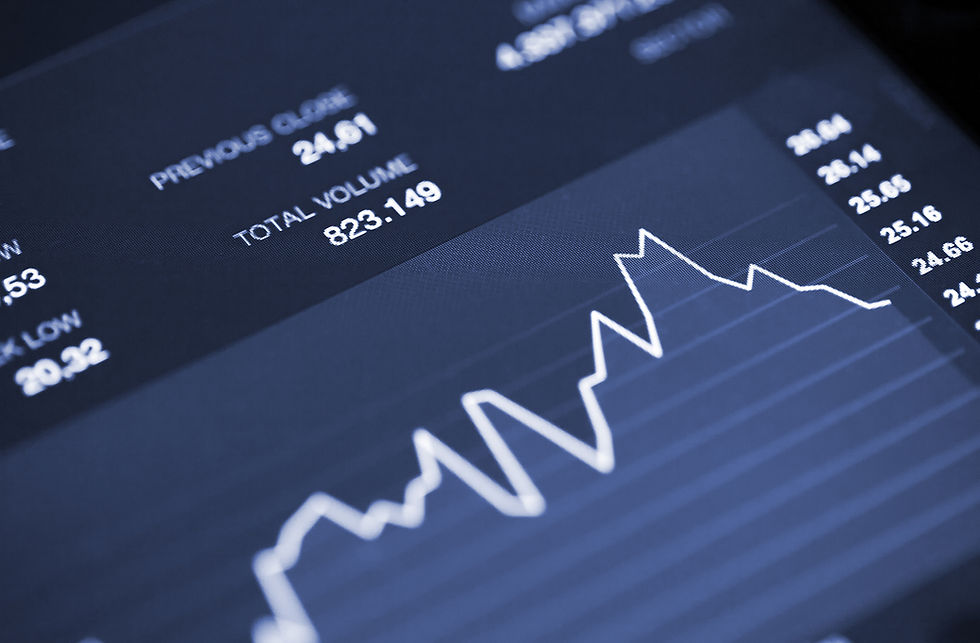The Agricultural Sector's Path to Sustainable Innovation
- Altru Institute

- Feb 9
- 2 min read
Updated: Feb 11
The agricultural sector is under increasing pressure from climate change, biodiversity loss, and the imperative for sustainable food and energy production. Traditional farming methods are becoming less viable, prompting the need for innovative solutions.
Vertical Farming: A Sustainable Solution
Vertical farming has emerged as a revolutionary approach to agriculture, growing crops in vertically stacked layers using hydroponic, aeroponic, or aquaponic systems instead of traditional soil. These farms are typically housed in controlled environments such as warehouses, shipping containers, or high-rise buildings, optimizing conditions for plant growth.

One of the significant advantages of vertical farming is its efficient land use. By stacking crops, it maximizes space, making it particularly valuable in urban areas where land is limited. Additionally, vertical farms use up to 95% less water than traditional agriculture by recycling water efficiently. Operating indoors allows for year-round crop production, mitigating the impacts of seasonal changes and extreme weather events.
Beyond efficiency, vertical farming reduces transportation costs and emissions by bringing food production closer to consumers. It also minimizes pesticide and herbicide use, promoting safer, cleaner food production. However, challenges such as high energy consumption and setup costs remain. Advancements in LED lighting, automation, and renewable energy are crucial to making vertical farming more sustainable and cost-effective.
Addressing the Energy Challenge with RiPR Technology
A critical challenge for vertical farming is its energy demand, particularly for lighting and climate control. Innovations like Wild Hydrogen's Rising Pressure Reformer (RiPR) technology offer promising solutions. RiPR transforms wet biogenic materials—such as agricultural residues and waste streams—into biomethane, hydrogen, captured carbon dioxide, and biochar, providing renewable energy sources that can be integrated into vertical farming systems.
By allocating a portion of farmland to a RiPR system and vertical farming greenhouse, farmers can increase calorie production, generate carbon-negative energy, and enhance soil health and biodiversity. The RiPR system converts agricultural residues into biomethane, providing renewable energy while utilizing CO₂ emissions and waste heat to boost vertical farming yields. This integration creates a closed-loop, circular economy model that increases farm productivity, reduces reliance on fossil fuels, and fosters climate resilience.
A groundbreaking solution by integrating carbon-neutral biomethane production with vertical farming and regenerative agriculture.
A Paradigm Shift in Agriculture
The integration of RiPR technology with vertical farming challenges outdated trade-offs, demonstrating that agriculture can be both high-yielding and environmentally restorative. This approach represents a scalable pathway to a more sustainable and profitable farming future.
For a more in-depth understanding, Wild Hydrogen has produced a comprehensive white paper on this subject. To request a copy, please contact the company at nadia@wildhydrogen.com




Comments